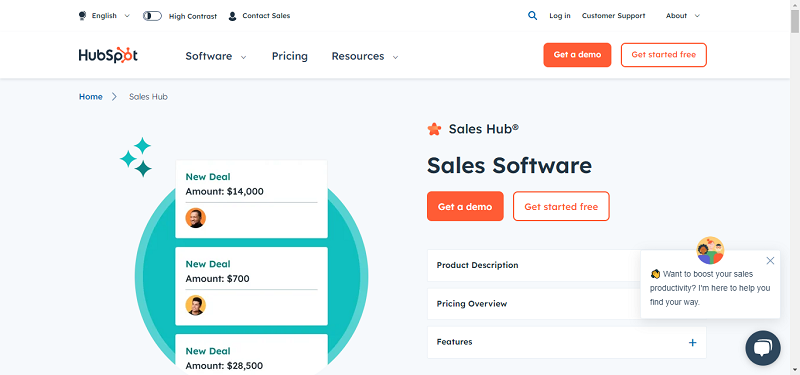There is no denying that Marketers have realized the power of using words and phrases such as “Cloud computing”. However, too many times the term is overused/misused which treads down the questionable path of Cloud Washing. Normally these are imitators and sometimes a few reputed companies that have been swayed by the attraction of profits and subsequently they start polishing up their old or low grade equipment under the buzzword and sell it for good margins. Cloud washing today is prevalent because it is immensely lucrative due to the popularity of the phrase ‘the cloud’. It is a similar concept to that of green washing, which has been popularized in the industry due to environment affiliation.
When using the term it’s important that it’s used correctly and in the right context. No shopper likes to be fooled if one minute they expect a seamless pay as you go cloud based SaaS solution only to later discover that the product is only available via download.
Provided is an infographic by Salesforce which is one of the pioneers in the SaaS market and clearly knows a thing or two about the industry. The have a number of interesting survey results from over 900 senior-level marketers around the world.
Today’s marketing leader must be more agile, data-focused, and customer-obsessed than ever before. For The State of Marketing Leadership, a joint research report from LinkedIn and Salesforce Marketing Cloud, we surveyed more than 900 senior-level marketers on LinkedIn to learn what’s top-of-mind in their roles—whether director, VP, or CMO.
Key findings include:
By Glenn Blake





